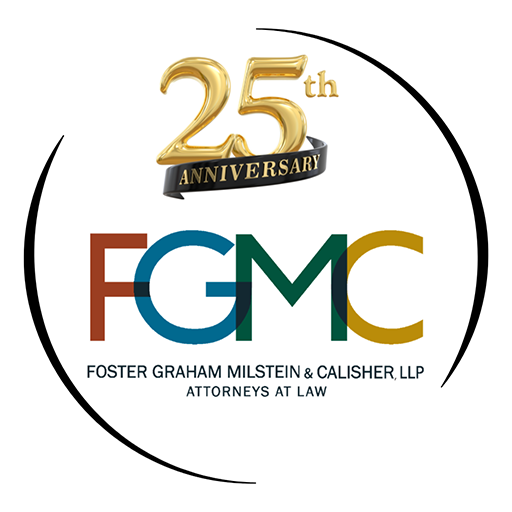Associate
I started a blog. Wait, don’t leave! This article is not actually about trying to drum up site visitors other than my husband and parents.
Let me explain. I’ll start at the beginning. I’m on Colorado Boulevard a lot. It’s crowded, ugly, there are too many lights, and people treat the left-turn arrows are mere suggestions rather than enforceable traffic directives. It’s utterly unsuited to pedestrians. But despite all that, I sort of love Colorado Boulevard. This street has everything you could ever need: grocery stores, gas stations and pharmacies, yes, but also gems like shoe repair, watch repair, a Tae-Bo studio, a pet chiropractor (true), delicious Lebanese food, and a store dedicated solely to selling medical scrubs. Find me another street in Denver that possesses this diversity, this breadth.
So I started a blog to celebrate the under-appreciated wonder that is Colorado Boulevard and began chronicling visits to some of its most useful, delicious and unique retail and restaurant offerings. One of the first things I needed was a picture that captured Colorado Boulevard in all its glory, so I did what any other amateur blogger would do: I Googled “images of Colorado Boulevard.” I found the perfect picture in Google images: an asphalt and concrete-heavy, southerly-facing shot of Colorado that actually appeared to shimmer in the mid-summer heat. It was terrible. It was exactly what I wanted. I right-clicked on the image, saved it to my drive, and prepared to paste the image into my own blog when I stopped myself and asked, “Can I do this?”
It turns out the answer, like all the best legal answers, is maybe, but probably not. For all you amateur bloggers like me out there, keep the following (very general) guidelines in mind if you are feeling tempted, as I was, to use an image you found online on your own site.
First: that picture you found in Google images is most likely copyrighted. Copyright law protects original creative works, including, as relevant here, pictures. Copyright is an automatic right that attaches at the time of creation. A copyright owner has numerous exclusive rights, including the right to display the image, reproduce the image, and distribute the image. Copyright does not apply to works in the public domain, blank forms, works that are not original, and government works.
Second: don’t get too excited–just because the picture is online and seemingly available to copy does not mean it is in the public domain. Works generally end up in the public domain only after their copyright has expired, or when the creator expressly dedicates their work to the public domain (and indicates as such on the work), or if the copyright owner failed to follow copyright renewal rules. The copyright hasn’t expired on that picture of the Big Blue Bear you were eyeing–for works created after 1978, the copyright lasts as long as the creator is alive, plus at least 70 years.
Third: the general rule of thumb is that you can’t use a copyrighted image without express permission from the owner.
Fourth: Simply giving credit to the copyright owner does not make your use of a copyrighted image okay. Nor does including a disclaimer on your blog that the images you are using are copyrighted.
Fifth: there is one large exception to this general rule — the fair use doctrine. The fair use doctrine allows limited use of copyrighted works without the permission of the owner for the benefit of the public. It is a defense against a claim of copyright infringement. In determining if the fair use doctrine applies, a court must consider four factors: (1) the purpose and nature of the use (whether the work is being used for educational/non-profit purposes or commercial purposes), (2) the nature of the copyrighted work (creative or factual?), (3) the amount of the work that is being used in comparison to the whole work (is just a portion of the image being used, or the entire image?), and (4) the effect of the use on the value of the work (does the use harm the potential market for the work?). Examples of fair use include commentary, teaching, scholarship, criticism, parody, research and reporting. A teacher using an image of Winston Churchill she found online in her lecture on WWII or an online product reviewer using a picture of the product he or she is reviewing are classic examples of fair use. These uses are considered fair use because they benefit the public without infringing on the copyright owner’s exclusive rights.
Applying these guidelines to my own case, the image I wanted to use was almost certainly copyrighted. I had not asked the owner for permission. While I was planning on using it for an educational/commentary blog, I may eventually use the blog for commercial gain (since I believe in my heart there is an untapped market for pro-Colorado Boulevard merchandise). I was also going to use the entire image rather than a portion of it, and a photo is typically considered more creative than factual. On the other hand, my pro-Colorado Boulevard stance may be transformative enough that it would not damage the image’s underlying value.
I may have been able to mount a successful fair use defense, but a court would need to make the final determination on whether my use constituted fair use. In the meantime, I was still at risk for being accused of copyright infringement. Rather than gamble on a possible legal battle over fair use, I abandoned my plans to use the image until I can get the owner’s permission, take my own picture, or buy a license to use a stock photo.
Bottom line: assume the online image you want to use for your blog is copyrighted. When dealing with copyrighted images, this is one case where it is better to ask for permission first than to beg for forgiveness later.

